«Look at this!». Humberto Verissimo approached almost at a run, his face dripping with sweat and dirt, holding something in his hand. «Show me there», said Fábio Capela, with curiosity. Humberto opened his hand and showed what appeared to be a small ceramic cup, intact, despite being about 4000 years old.
«What a beautiful thing!», exclaimed one of the young archaeologists.
José Manuel Gonçalves, president of the Parish Council of Alferce, who was there as a volunteer, pickaxe in hand, joked: «That could be a cup for the medronho».
Archaeologist Humberto Verissimo laughed, but replied: «That would not be, because in prehistory there were still no distilled drinks. It could have been a small glass of fermented drink, like a prehistoric beer».
To the side, the young archaeologist kept the tone of joke: "it's a prehistoric Barbie cup".
More seriously, the archaeologist Fábio Capela, responsible for the ongoing research project on the Alferce Castle hill, in the Monchique mountains, explained to the Sul Informação, whose reporter followed the discovery of this millennial ceramic piece live: «we are going to examine the sediments that are inside this container, to try to find out more about its function and what it contained».
Faced with the joke that the discovery of the cup had been staged to please the journalist, Fábio denied it. «At the entrance to the castle, which can now be seen very well and dates back to the caliphal period [XNUMXth/XNUMXth century], we are excavating a level below, which has given us a lot of material, from various periods. On Monday, we had a visit from the Secretary of State for Culture and we found a text, a lid, probably from an Islamic carving, when you were here».
«Under the foundation of the castle, we are finding intact or almost intact ceramic pieces from the Bronze of the Southwest, that is, from between the end of the 3rd millennium and the middle of the 2nd millennium BC». Pieces with 3500 to 4000, therefore.
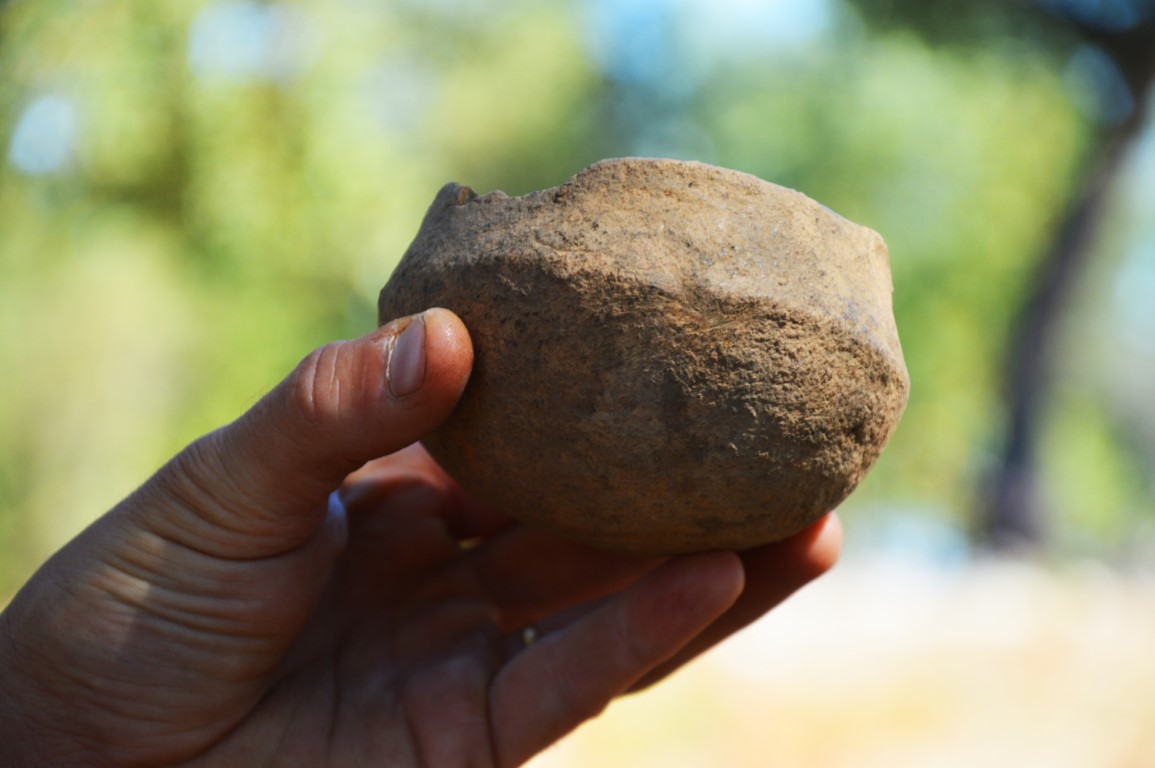
There are carinated bowls (one of them “almost entire, with just a little flaw on the edge”), that is, bowls with a kind of keel-shaped protrusion all the way around (see photo above). There are also globular bowls, which are simpler to make. And now there's the one mysterious cup, also in ceramic.
In all cases, they are pieces made with “dark” and somewhat coarse ceramic pastes, “completely different from those of the Islamic world”, explains, enthusiastically, the archaeologist Fábio Capela.
Still made of ceramics, loom weights have appeared.
A few metallic pieces were also found: the tip of a dagger and a type of needle that could be the tip of a spindle, linked to weaving, or a punch. In this case, the needle, which is now well packaged in a waterproof packaging, “may be made of copper, bronze or brass”. The exact material will be determined by further investigation.
Archaeologist Humberto Veríssimo explains, for his part, that this year the work has been exciting, because «complete pieces are appearing in places where we were not expecting it».
The ceramic cup, for example, appeared «on a pile of stones, between tree roots». «How did you manage to survive these thousands of years without a risk?», he asks, his eyes shining.
The roots are, moreover, one of the enemies either the structures of the walls and houses, or the pieces themselves. But sometimes there miracles. Like one of the cups that, “on one side, has a groove made by the root that was embedded there when we found it. Little by little, she began to shape the cup”.
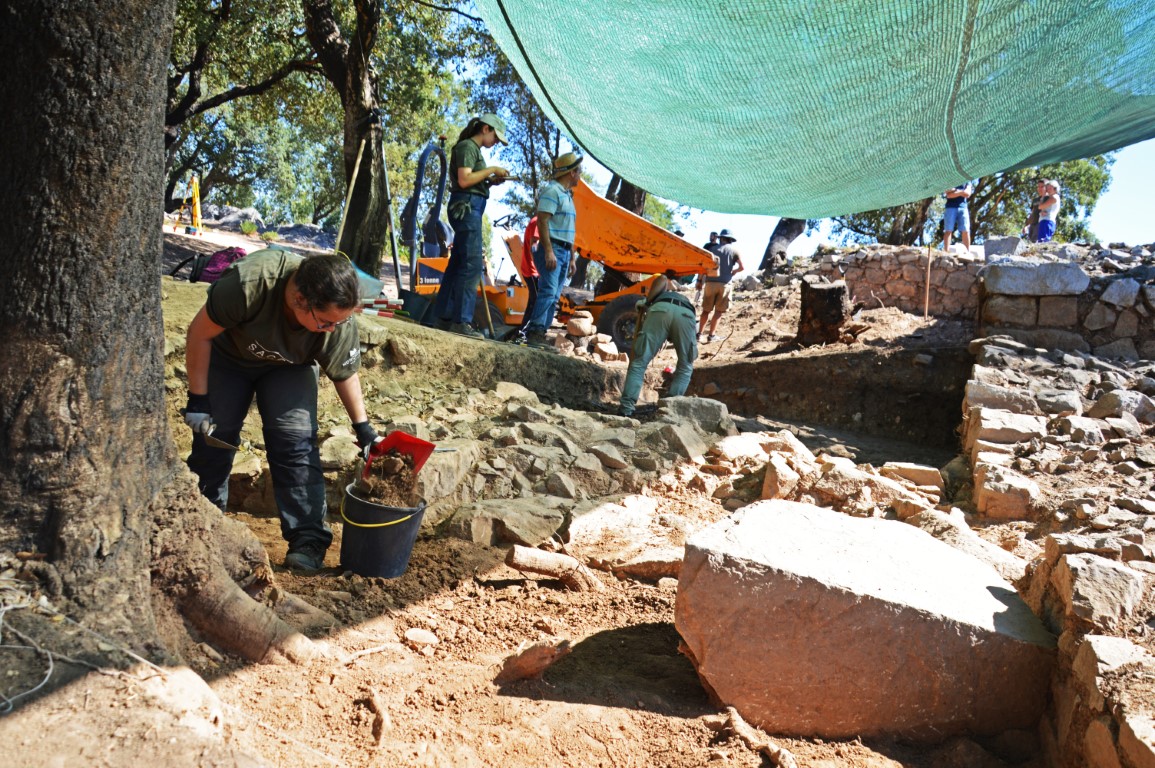
In the Multiannual Research Project in Archeology entitled “From Recent Prehistory to the Islamic Medieval: ancient human occupations at Cerro do Castelo de Alferce”, which began in 2020 and which, therefore, is already in its fourth consecutive campaign of archaeological excavations, this They will see the objective, according to the municipal archaeologist from the Câmara de Monchique, who coordinates the work, was «to finalize last year's surveys and open new ones or expand existing ones».
The team, which includes archaeologists, students and volunteers, is excavating next to the central castle, which radiocarbon dating of faunal remains (bones) found there indicate that it was built in the late XNUMXth century.
In an area outside the castle, next to the oldest walls that surround the entire structure, a new survey not only found the walls of a house, but also, at a lower level, «the first silos» discovered throughout the enclosure.
There are two silos, excavated in the earth, which would have been used to store food, probably cereals. When they were abandoned, hundreds of years ago, they were filled with fragments of ceramics, stones, earth. In these silos, archaeologists found a «whole pitcher bottom, fragments of pots», all from the XNUMXth/XNUMXth centuries.
They are vestiges of the emiral period, the oldest Islamic period of occupation of this hill, near the village of Alferce, in the heart of the Monchique mountain range.
All these fragments were carefully removed and will now be analyzed, even to «determine what was kept in these silos».
Further up, at the entrance to the castle, which can now be seen in its entirety, Fábio explains that “two additions were dismantled, which would have been buttresses, somewhat built in a hurry, perhaps following damage caused by an earthquake. In the XNUMXth century, whoever was here hurriedly built these buttresses, to prevent the structure from further collapse».
After removing these buttresses in order to access lower levels and better understand the original design of the entrance, it will now be necessary to carry out “an emergency intervention, at the entrance and here in this section inside the wall”. Everything to prevent what did not happen 1000 years ago – the collapse – from happening now. "If nothing is done, this will collapse."
In principle, the work will be carried out by technicians and workers from the Monchique Council itself, but the coordinating archaeologist is also in contact with a specialized company, should his intervention be necessary.
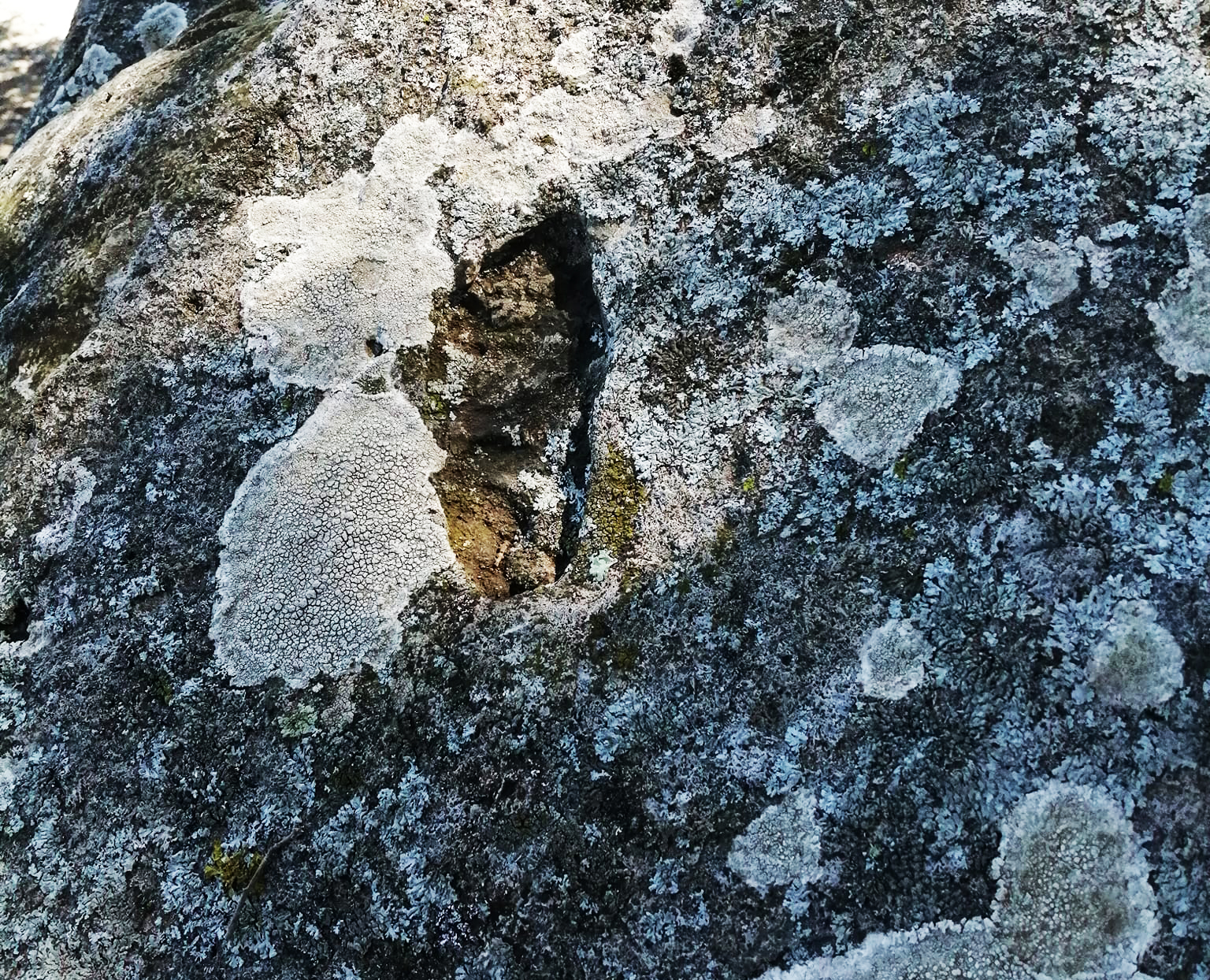
In one of the northeast corners of the oldest walled structure, there is a natural granite rock, covered with lichens, which bears a podomorph, that is, what is popularly called "a baby's foot" excavated in the surface.
Fábio Capela explains that these podomorphs are characteristic of «recent prehistory, but also of the Islamic medieval period», so it will not be easy to determine exactly when this one was made.
However, clarifies the archaeologist, based on similar cases, «these podomorphs are always related to direction indications». In this case, this little foot seems to point to the east.
Bearing in mind that the rock is on the edge of a narrow passage, half hidden among other natural granite blocks, which everything indicates to have been an «almost betrayal door» of the oldest walled enclosure, this podomorph could, according to the archaeologist, indicate the direction of «Córdoba [where the capital of Umayyad power was located], the river, the escape, where the sun rises».
Compounding the mystery, the surface of the granite rock also bears a series of dimples, whose function or dating is still unknown. Only now are these dimples being studied, even to find out if the way they are organized on the stony surface corresponds to some astronomical constellation, as sometimes happens. This will now be investigated, after a rigorous photogrammetry survey.
«We don't even know if the dimples and the podomorph are from the same period, it could be a reuse of this stone panel».
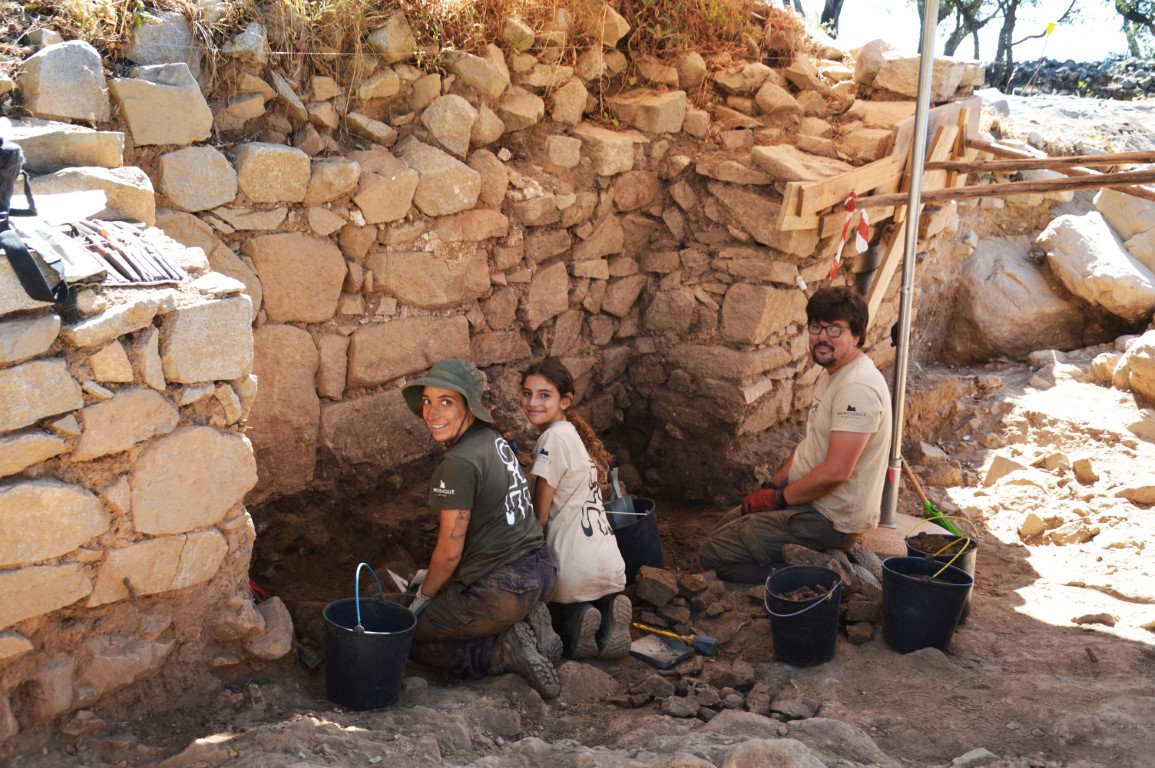
The archaeological excavation campaign on Alferce Castle hill, a short distance from the village of the same name, began in mid-July and will continue until the end of this week.
In addition to Fábio Capela, archaeologist from the Municipality of Monchique, who coordinates the work, and the scientific coordination of Susana Goméz Martínez, archaeologist at the Mértola Archaeological Field and professor at the University of Évora/CEAACP, there are also four other coordinators: Daniela Maio, archaeologist hired by the Chamber and member of ICAREHB from the University of Algarve, Beatriz Pinto, also from the University of Algarve /CEAACP, whose work is paid by the Algarve Archeology Association, Humberto Veríssimo, who is doing his PhD at UAlg, and José Vinagre , who is doing his master's degree precisely on this site, at the University of Évora. The team of archaeologists also includes Nuno Ribeiro, from the Autonomous University of Lisbon.
At the beginning of August, the Castelo de Alferce hill also welcomed students from the University of the Algarve, as these archaeological excavations were considered a field-school.
Then there are the volunteers. «People here in the parish and in the municipality are showing growing pride in this archaeological site and want to help».
on the day the Sul Informação visited the site, even the president of the Parish Council of Alferce was there, as a volunteer, pickaxe in hand, lifting fallen stones from an area of the wall.
But he wasn't alone: his 14-year-old son Daniel was another volunteer, along with Joaninha, that we had already met there last year and who is now 12 years old. Jessica, 11, and Ricardo, 10, have also been there, all inhabitants of Alferce.
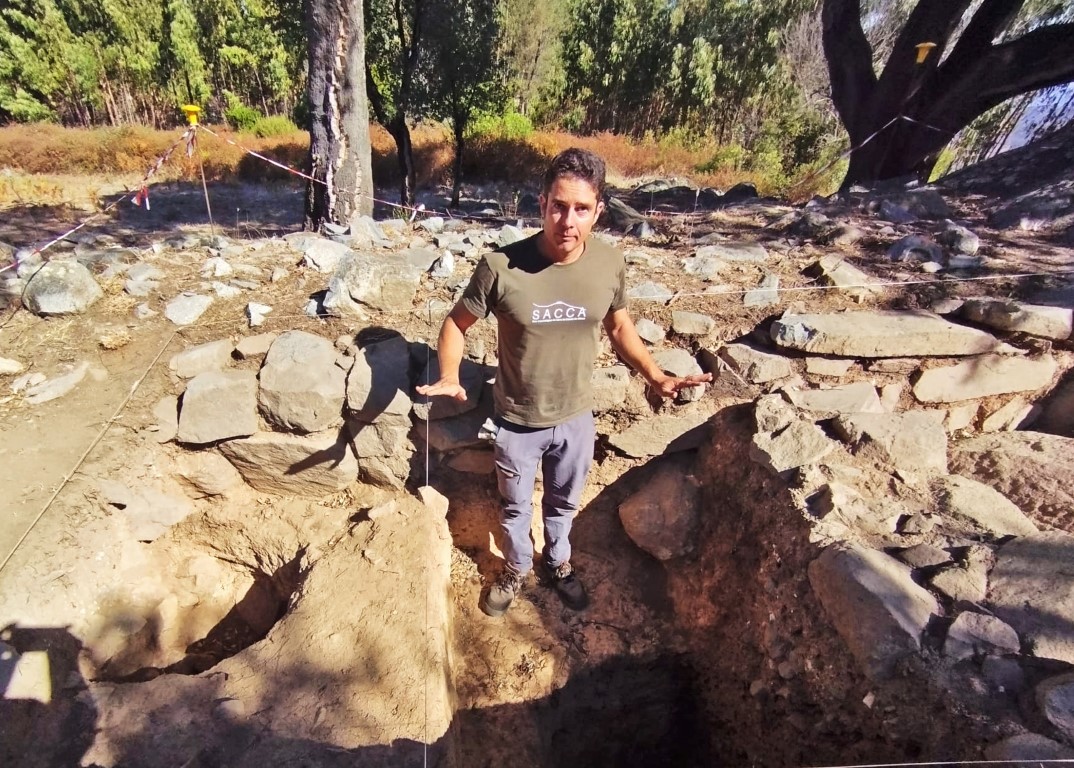
Even though it is not yet publicized, the archaeological site is already visited almost every day by tourists – namely by hikers who travel the new walkway and the suspension bridge over the Barranco do Demo, a route that starts in the village of Alferce and ends here, at the top of the hill, after a tough climb.
«Many start a conversation with us, they want to know what we are doing and what archaeological site it is», says Fábio Capela.
Visits will soon be made easier, with the opening of the Interpretive Center in Alferce and the placement of explanatory plaques in the archaeological site. There will also be a viewing platform., overlooking the eastern slope of the hill.
The deadline for this project ends in the summer of 2024, but the municipal archaeologist intends to guarantee its extension, because «there is still so much to do here».
In addition to the «conservation and restoration» issues that must be ensured, «next year, we want to excavate on the other side, in the still unexcavated tower», even to
«Remove pressure» over the entrance area.
When this summer's excavation campaign ends, on September 8, this area will be covered with geotextile and a layer of earth, «to cover and protect the foundations». But, Fábio guarantees, «you can now come and visit here».
In addition to integrating the Castelo de Alferce hill into a new tourist-cultural tour circuit in the municipality of Monchique (and the Algarve), the archaeologist responsible for the work has another ambition: «currently the hill is classified as of public interest, but, in future, we have to consider requesting its reclassification as a national monument. It deserves it!”.
If this happens, it will be the first national monument in the municipality of Monchique. And it really deserves it.
Photos: Elisabete Rodrigues | Sul Informação
Research project involves several entities
The Multiannual Research Project in Archeology entitled “From Recent Prehistory to the Islamic Medieval: ancient human occupations in Cerro do Castelo de Alferce”, promoted by the Monchique Council, has been in force since 2020, in partnership with the Universities of the Algarve and Évora and the Mértola Archaeological Site, and with the support of the Parish Council of Alferce and the Archaeological Association of the Algarve.
The Cerro do Castelo de Alferce is a fortified village that occupies a rocky elevation with a maximum altitude of 487 meters, in the Monchique mountains. The archaeological site is composed of three non-concentric walled enclosures, and the one commonly called Castelo de Alferce corresponds to the upper fortified enclosure, where the investigations are taking place.
The fortification consisted of three orders of walls: an upper fort of the type castle (alcácer), a ring of walls about 36 meters from the fort and a third fence surrounding the entire hill, with about 9 hectares of area within the walls.
In addition to the Islamic-Umayyad occupation (XNUMXth-XNUMXth centuries AD), the hill contains archaeological remains that can be traced back to Recent Prehistory, namely the Bronze Age (XNUMXnd millennium BC).
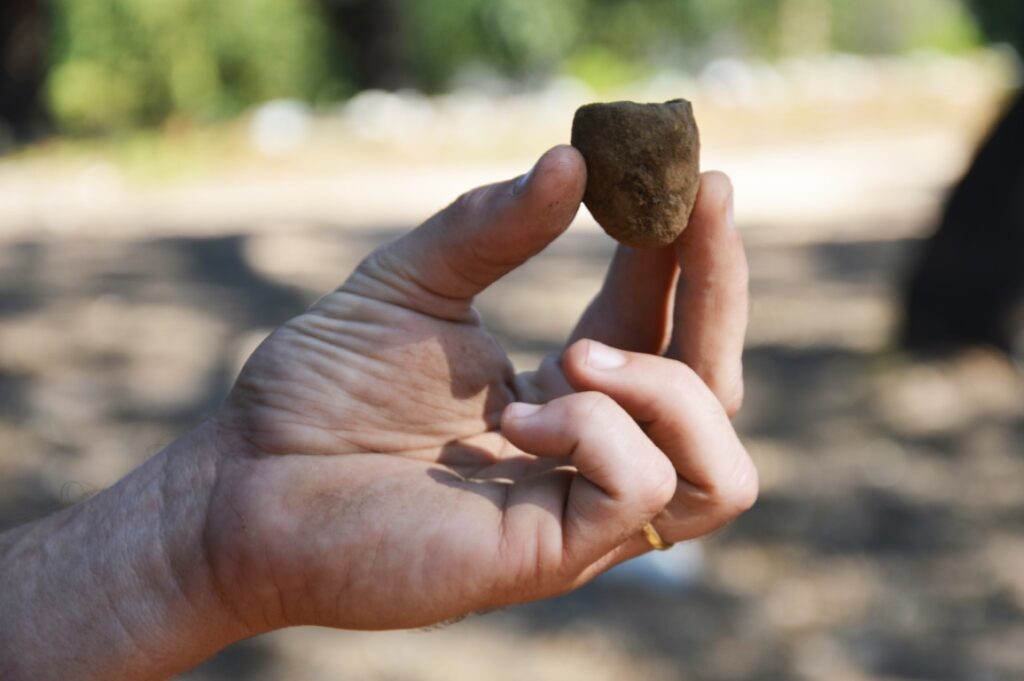
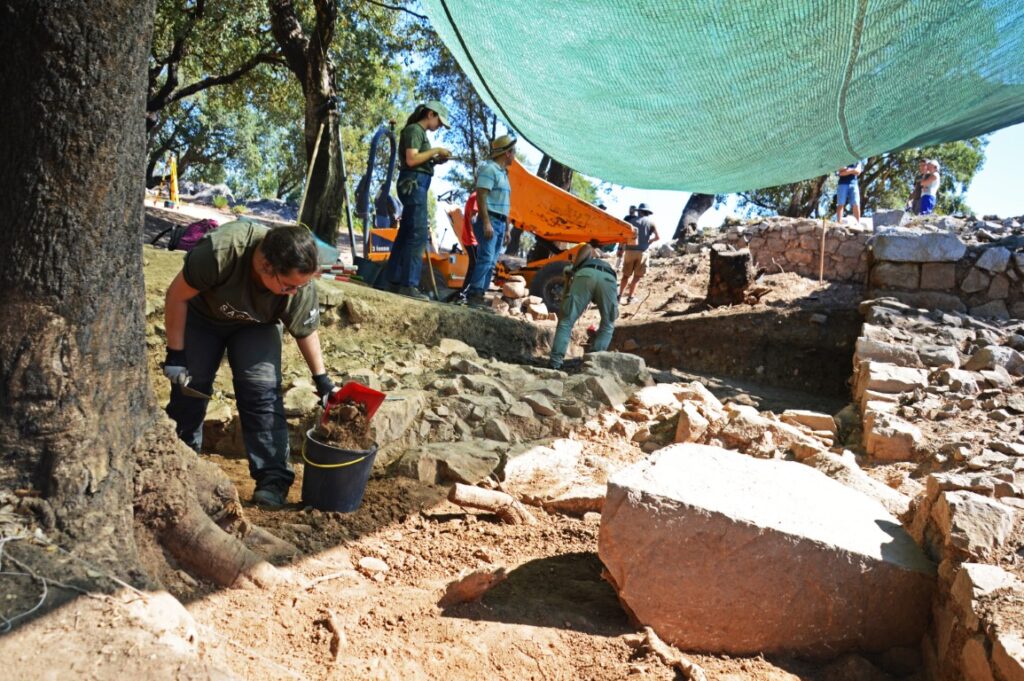
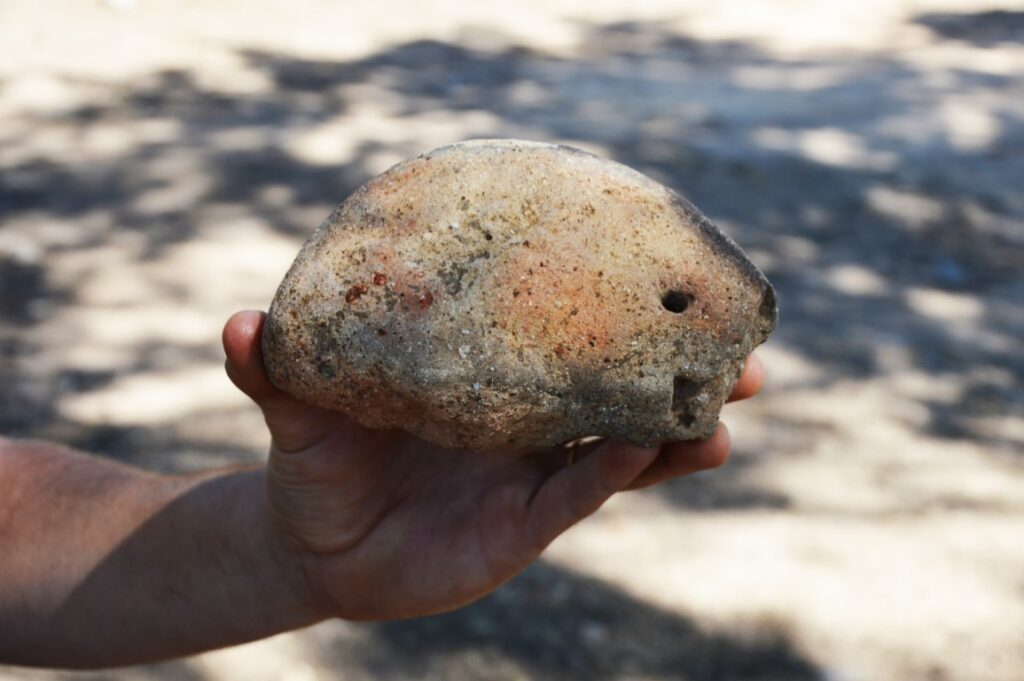
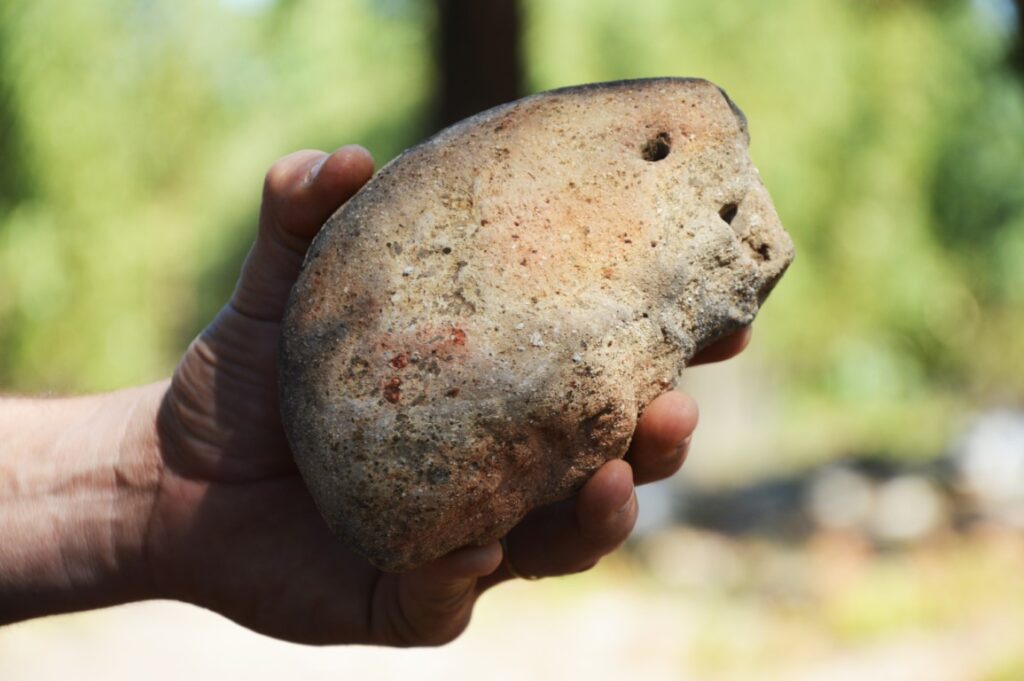
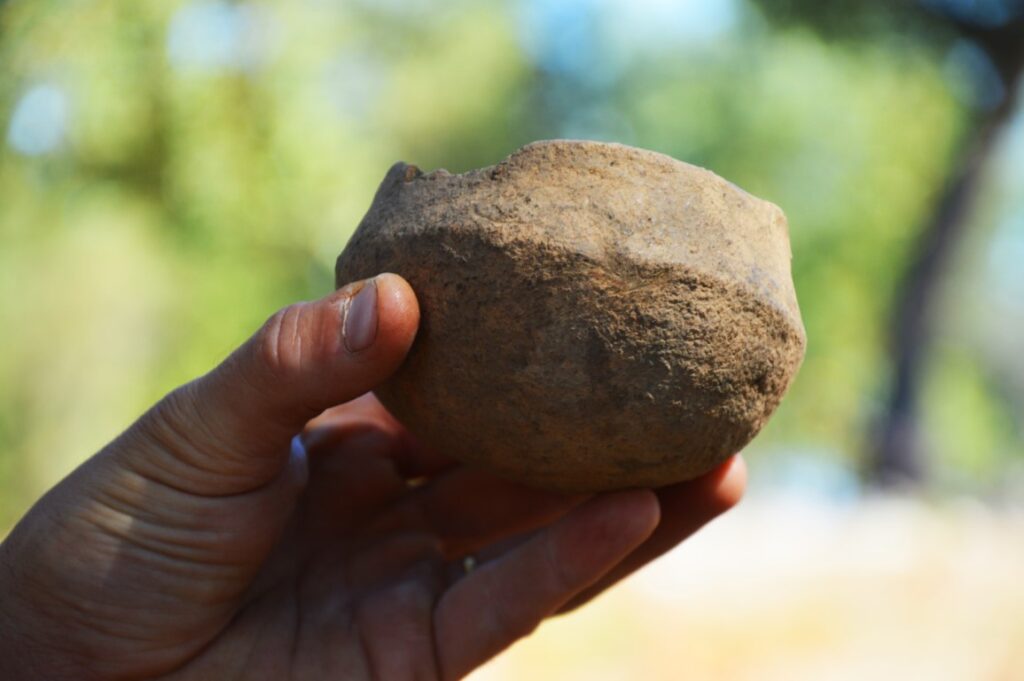
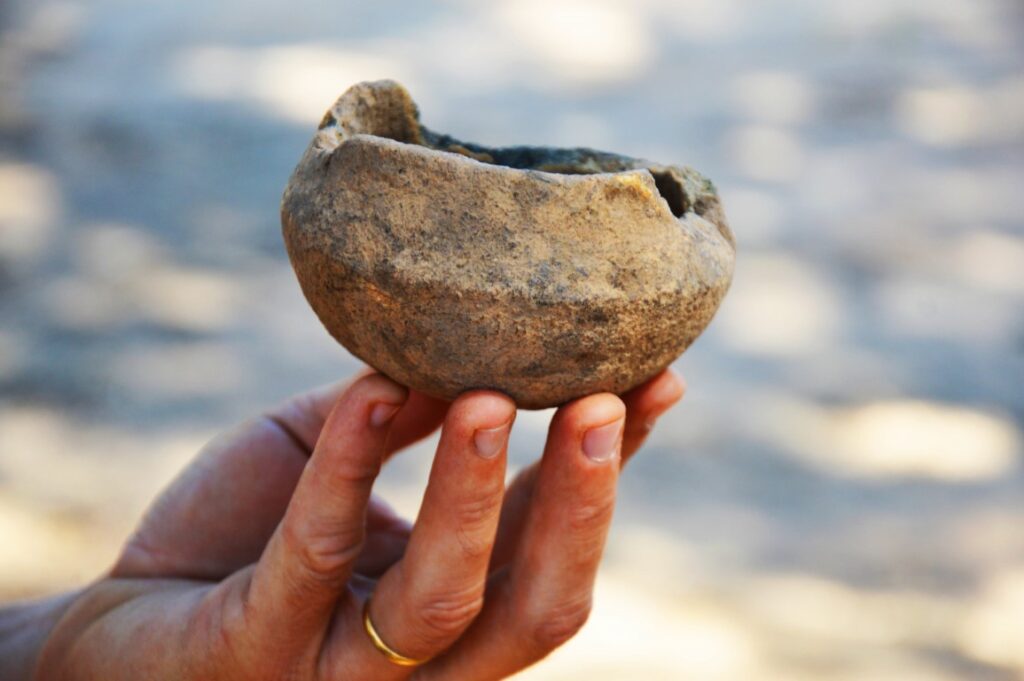
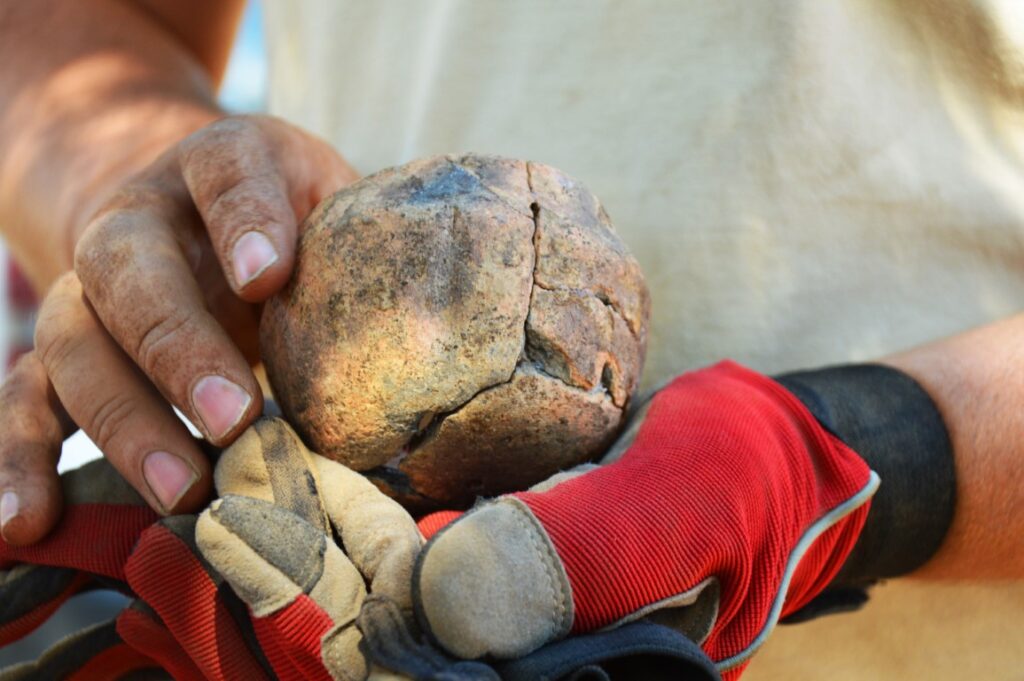
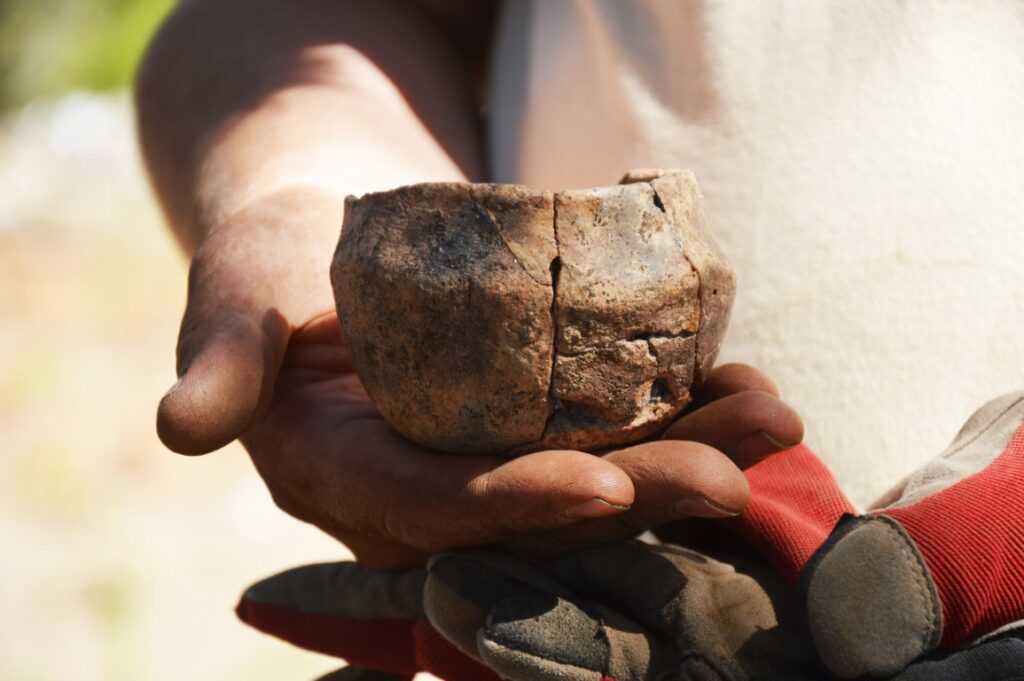
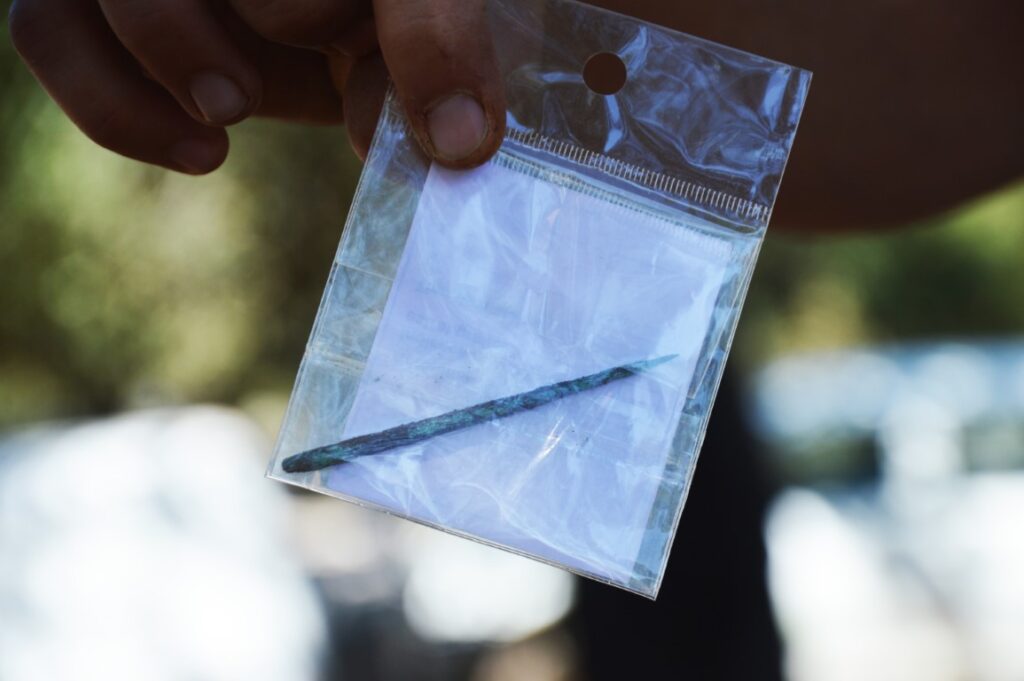
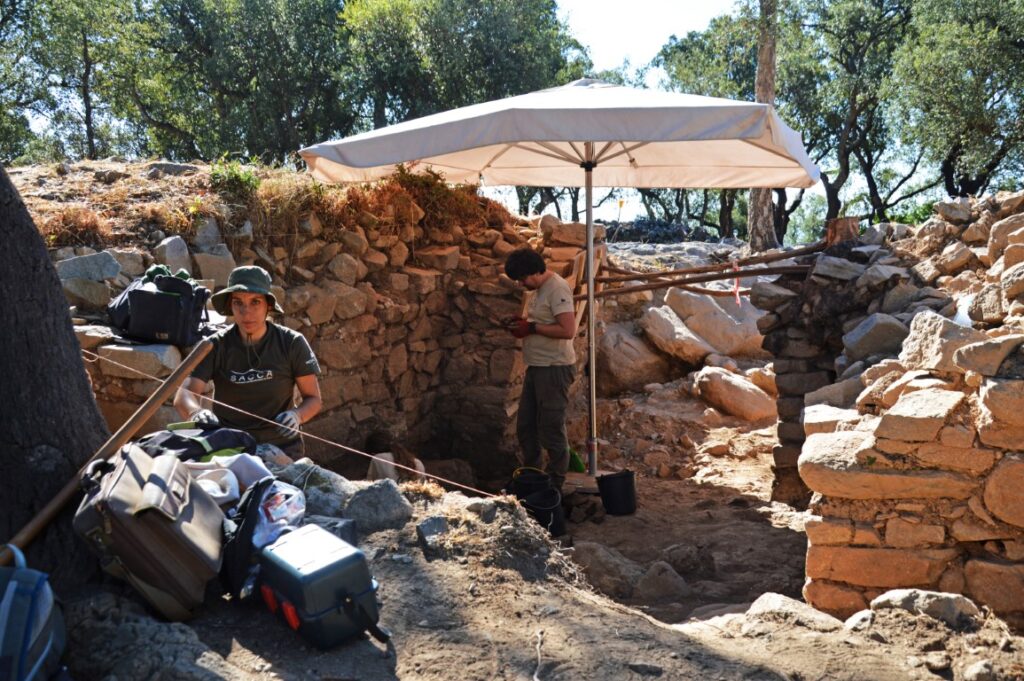
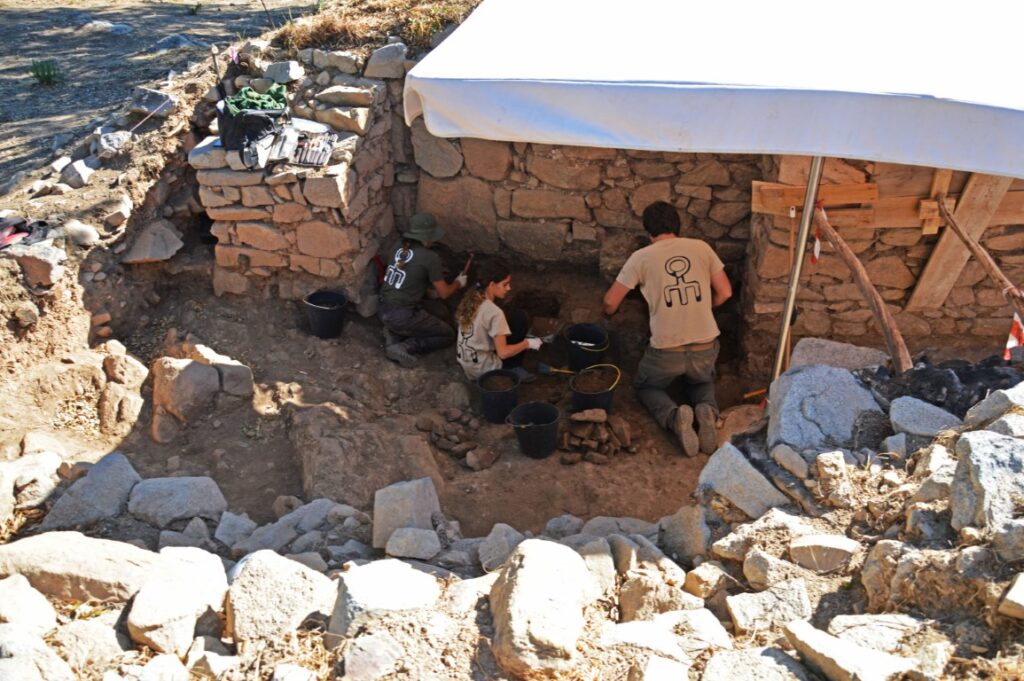
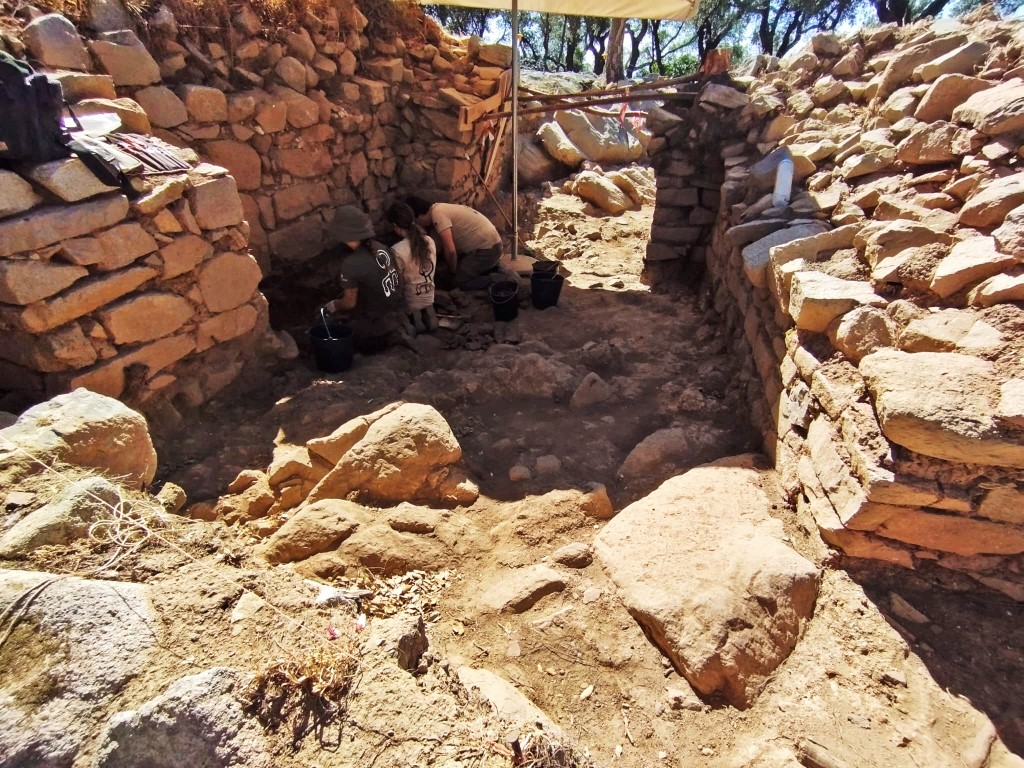
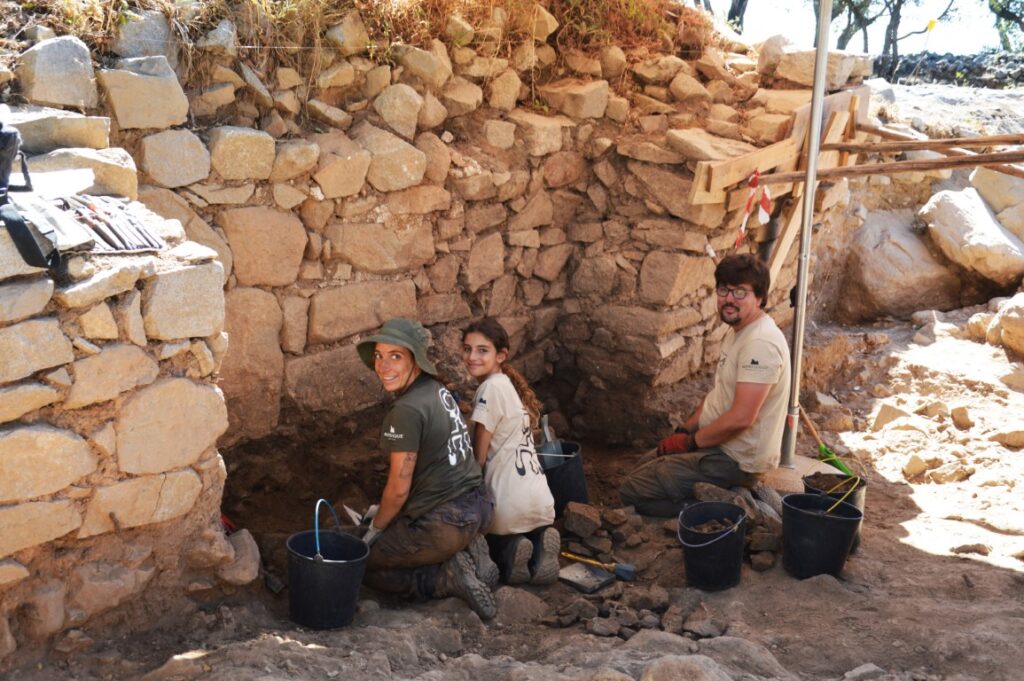
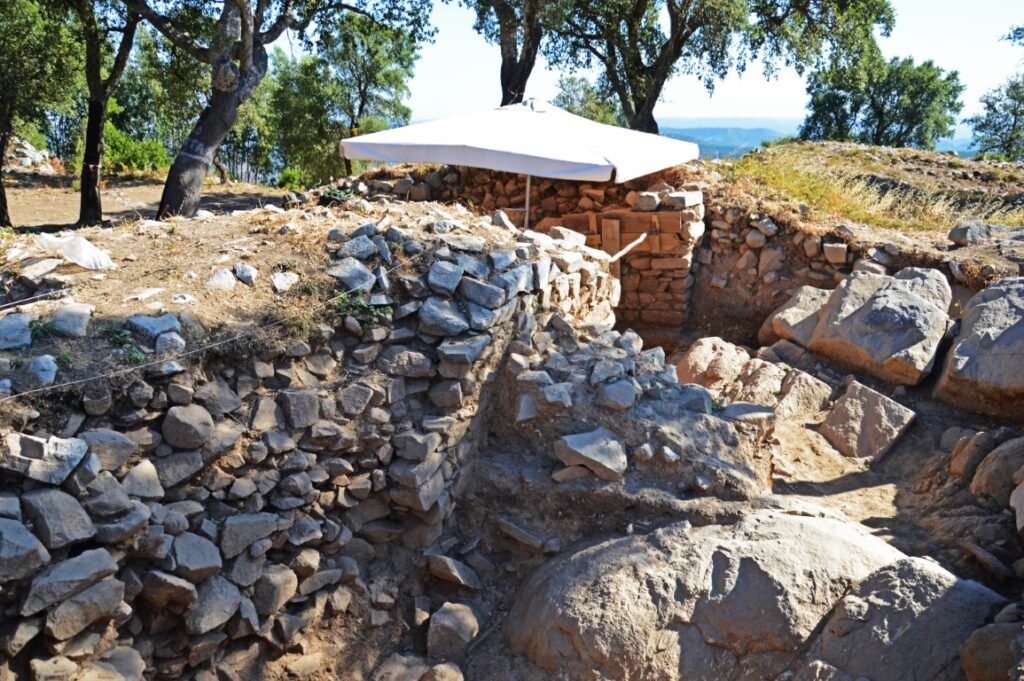
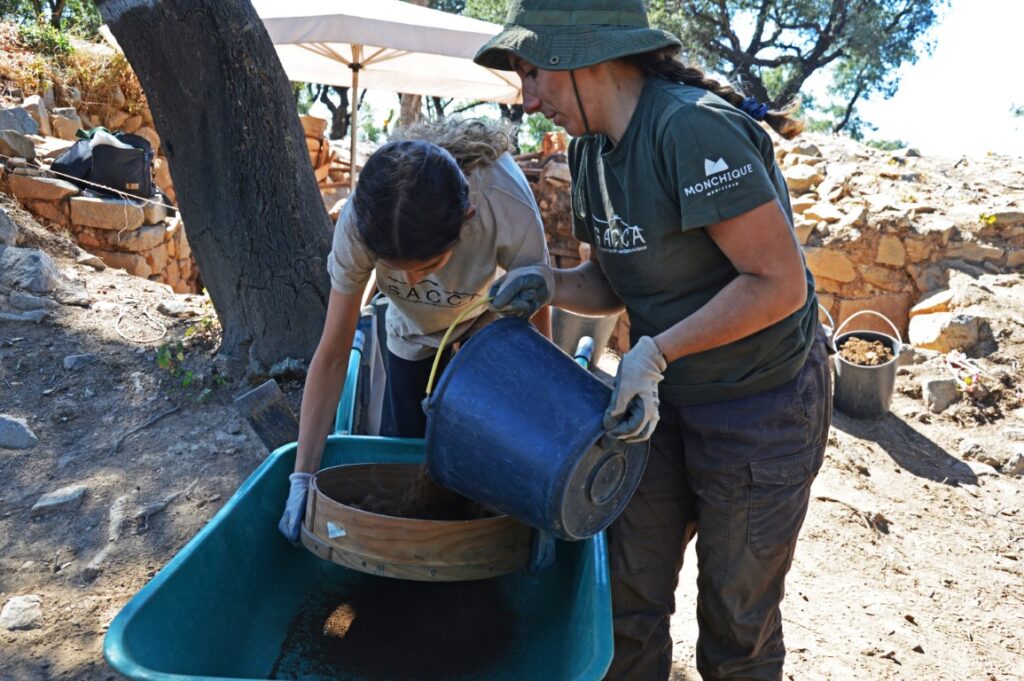
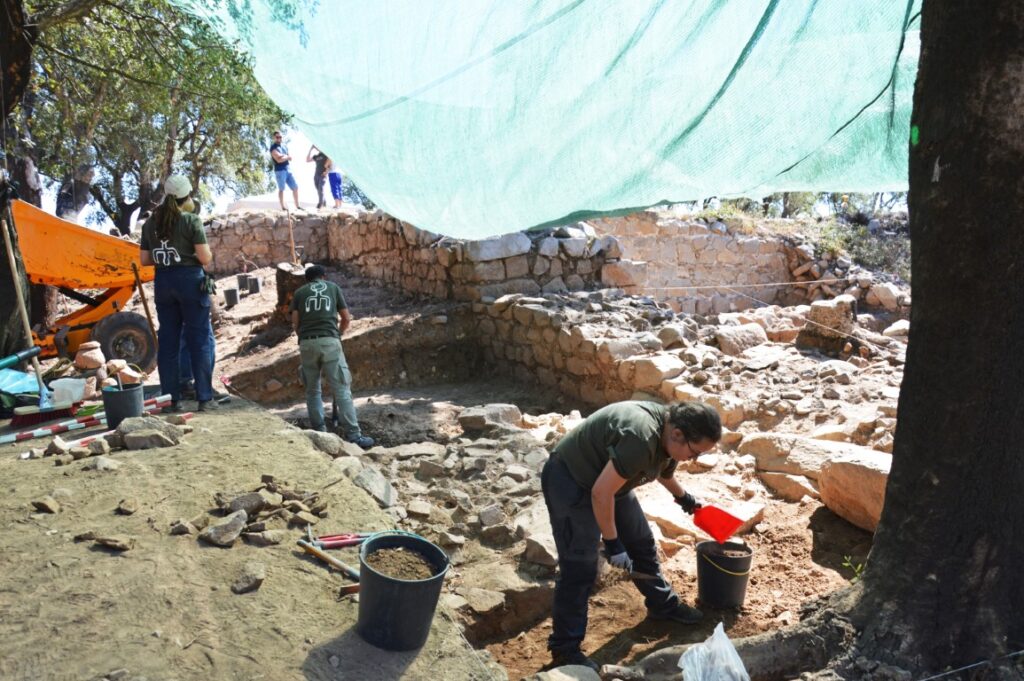
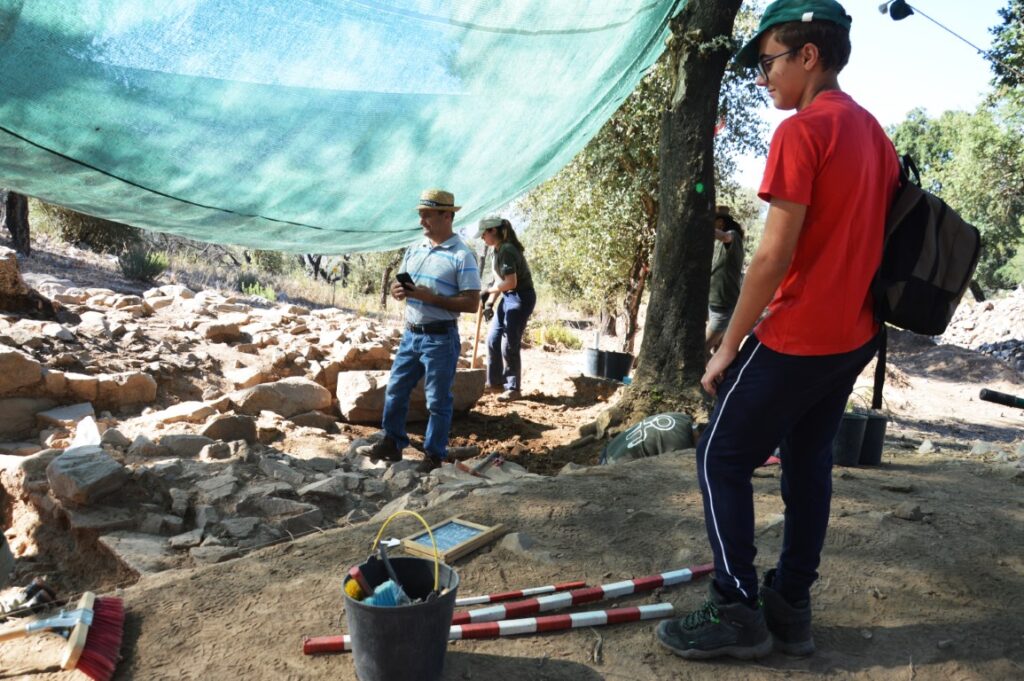
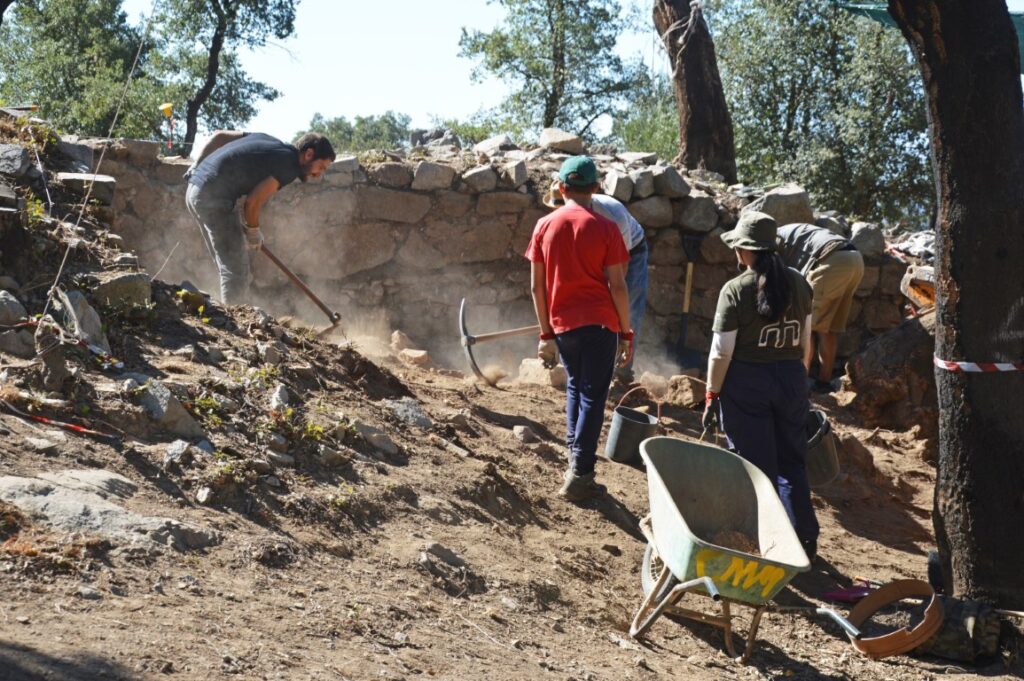
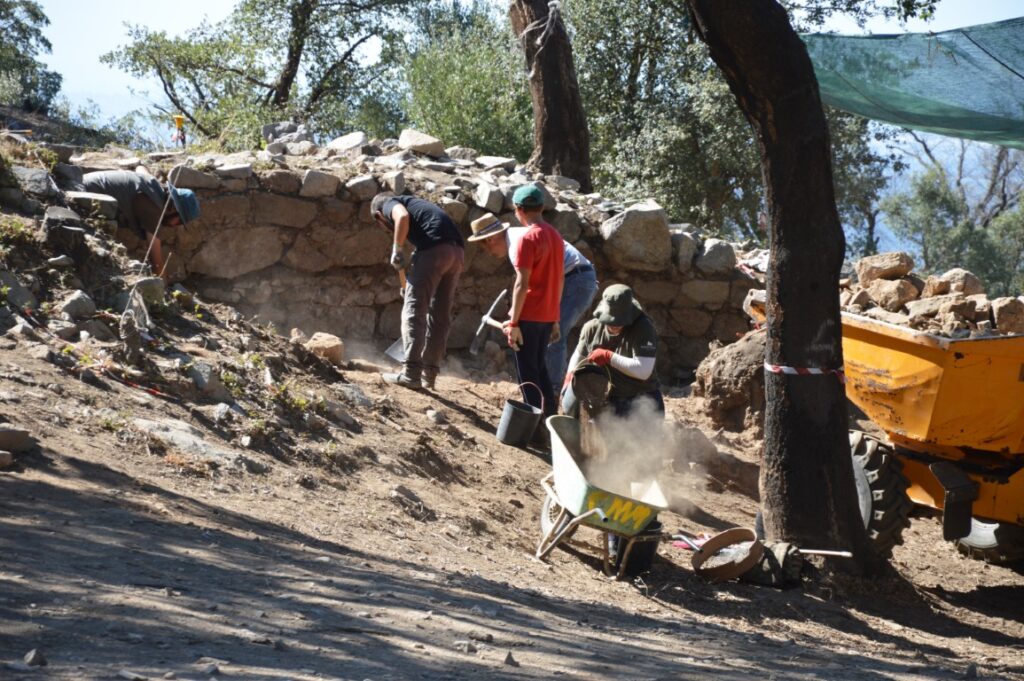
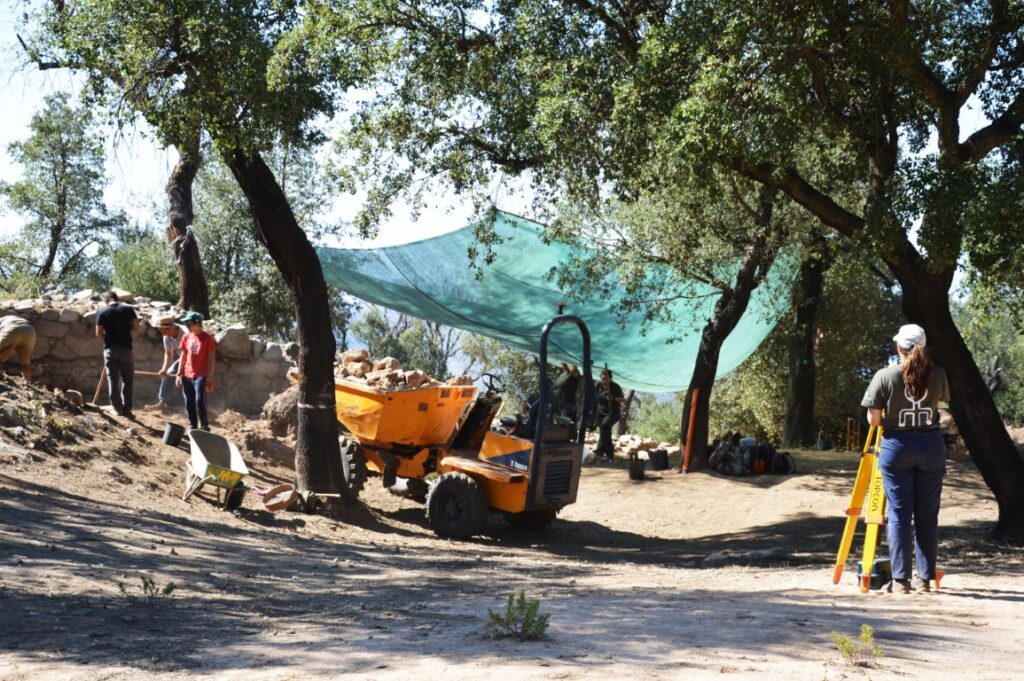
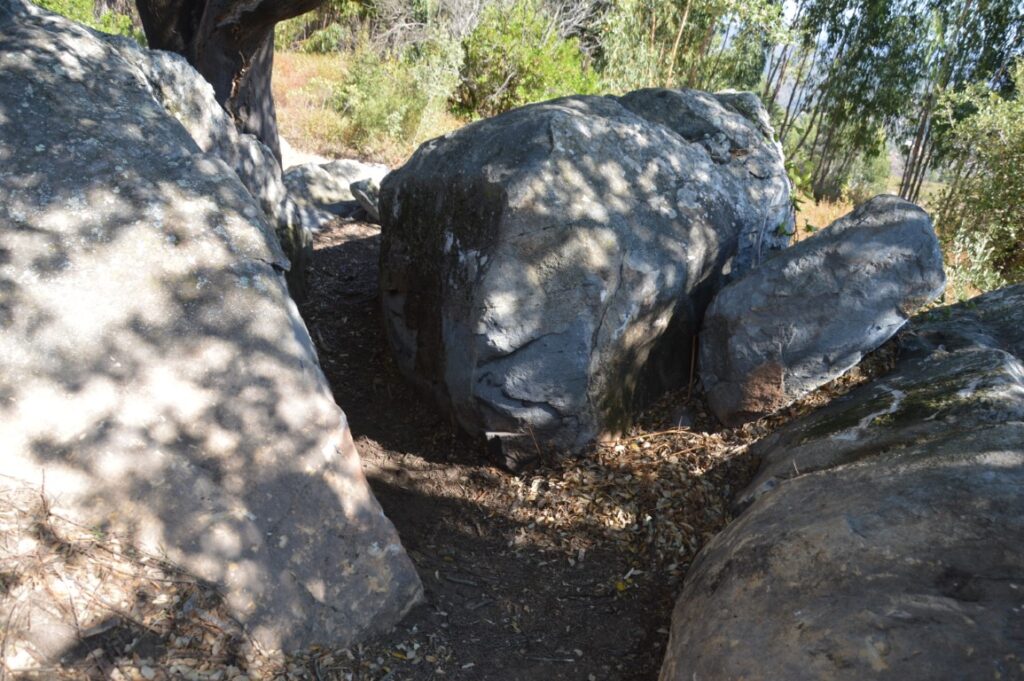
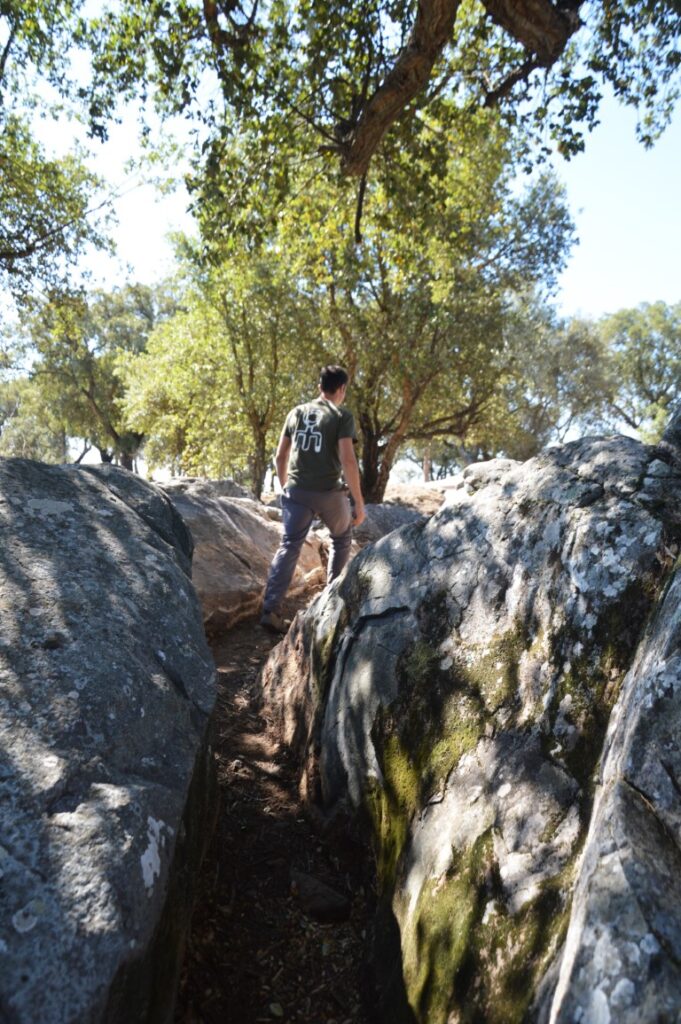
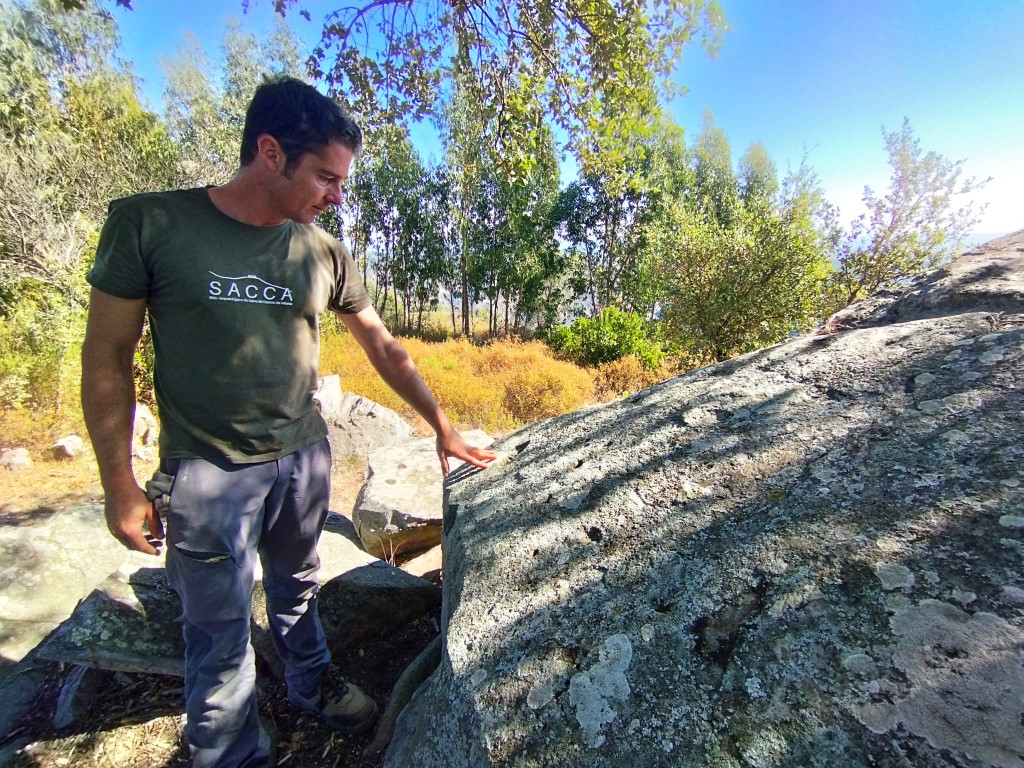
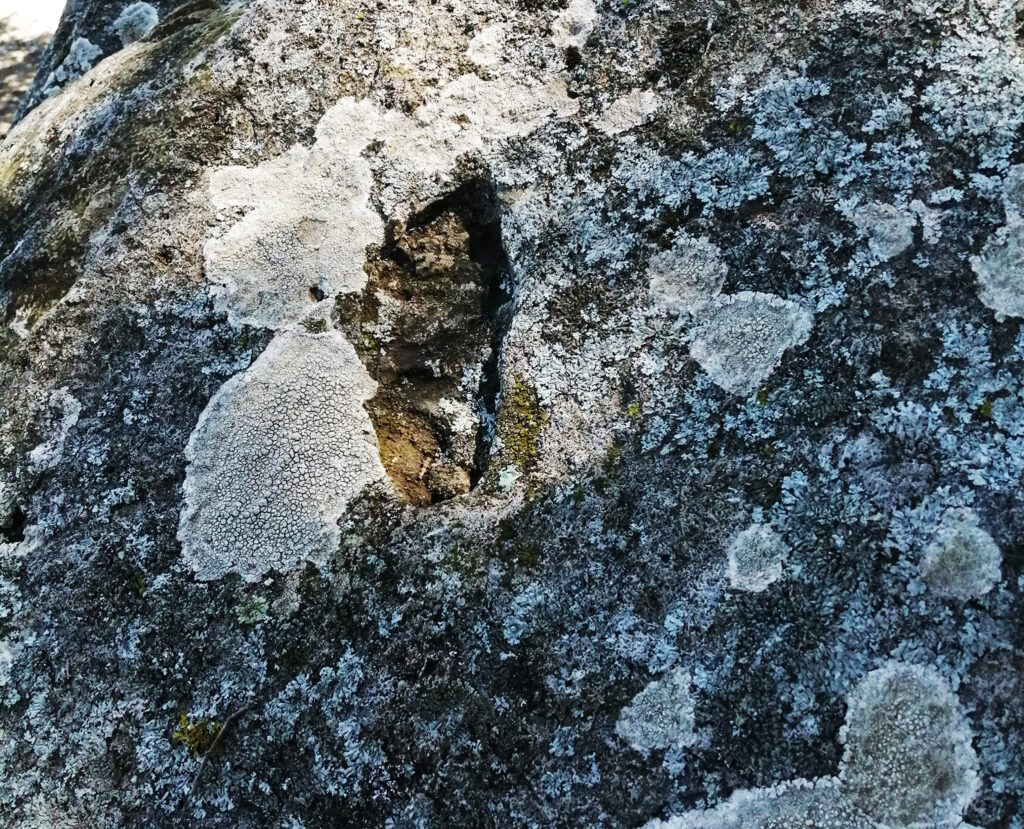
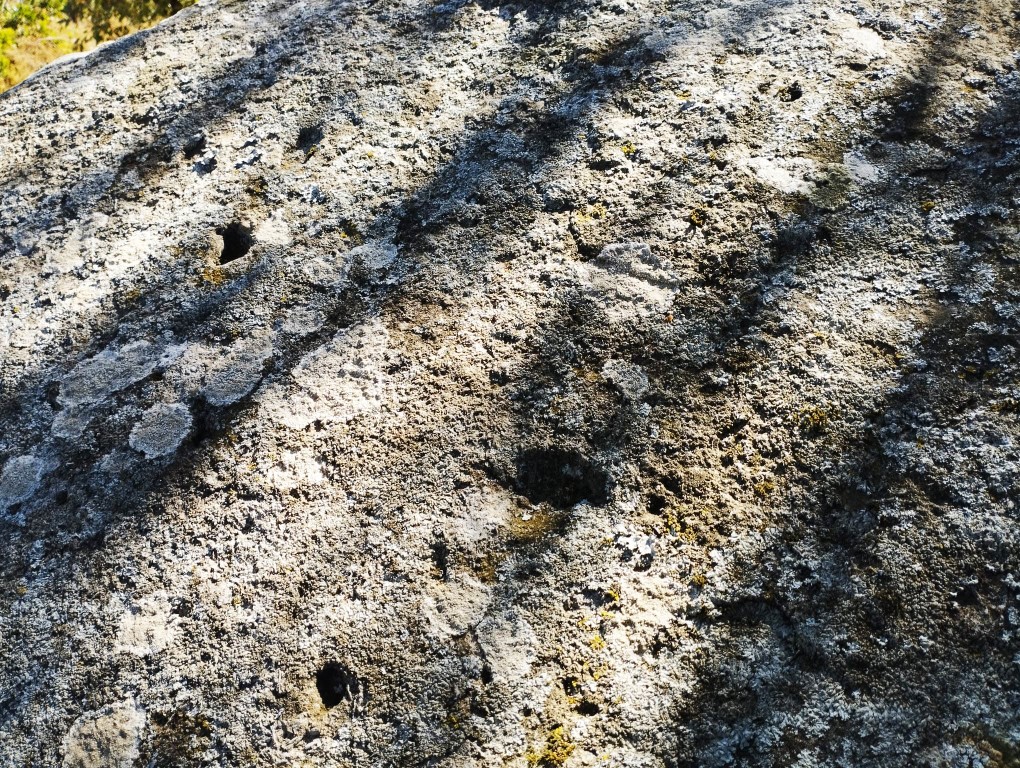
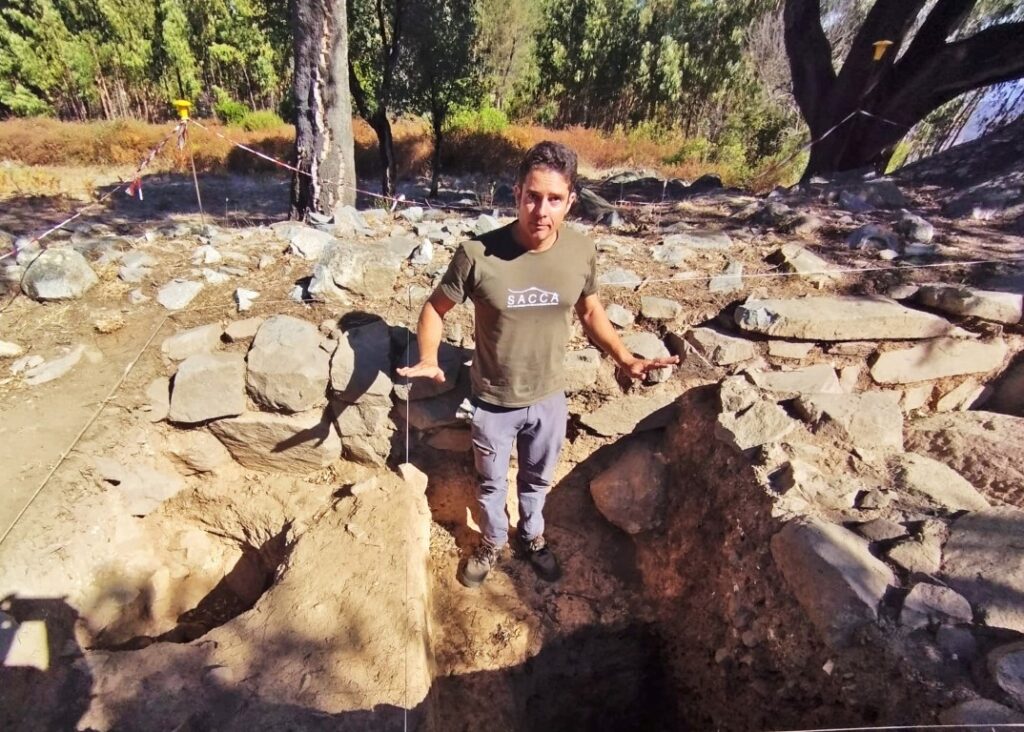
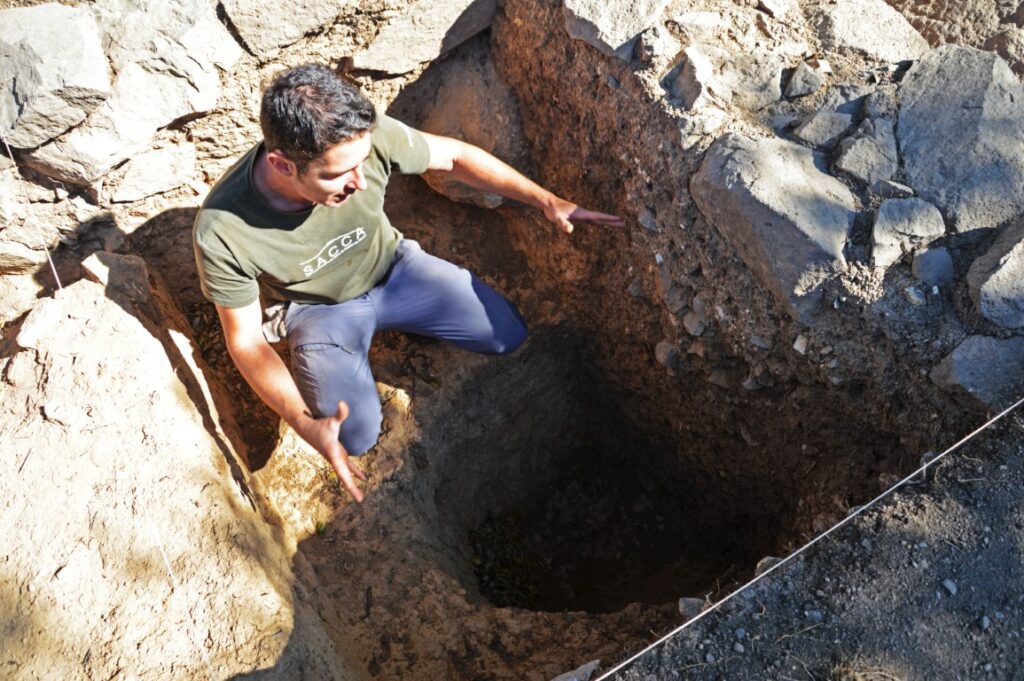
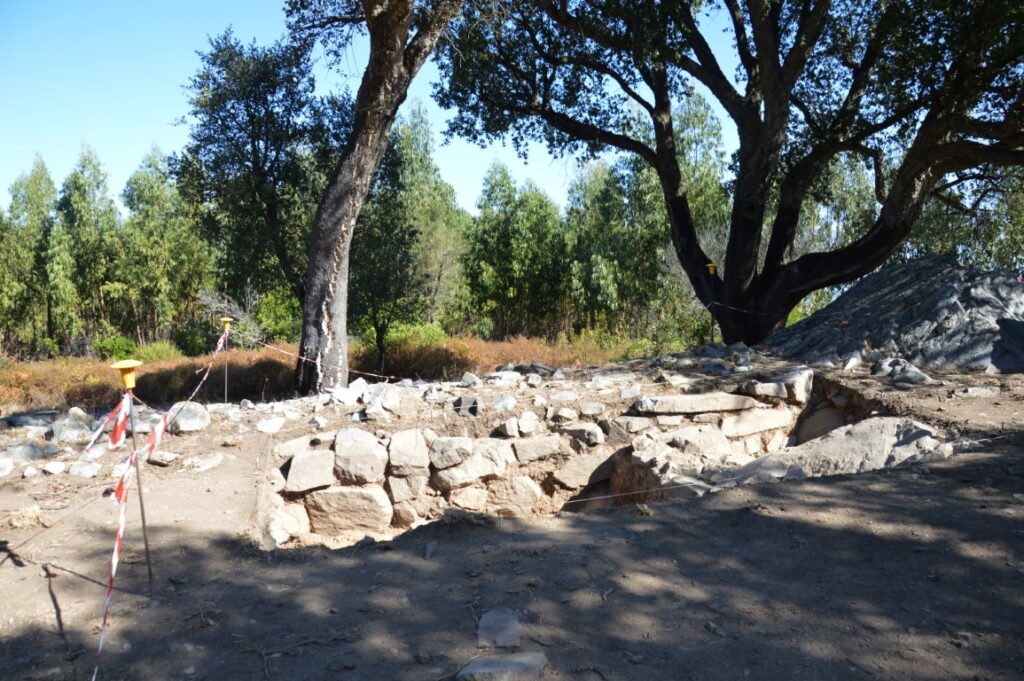
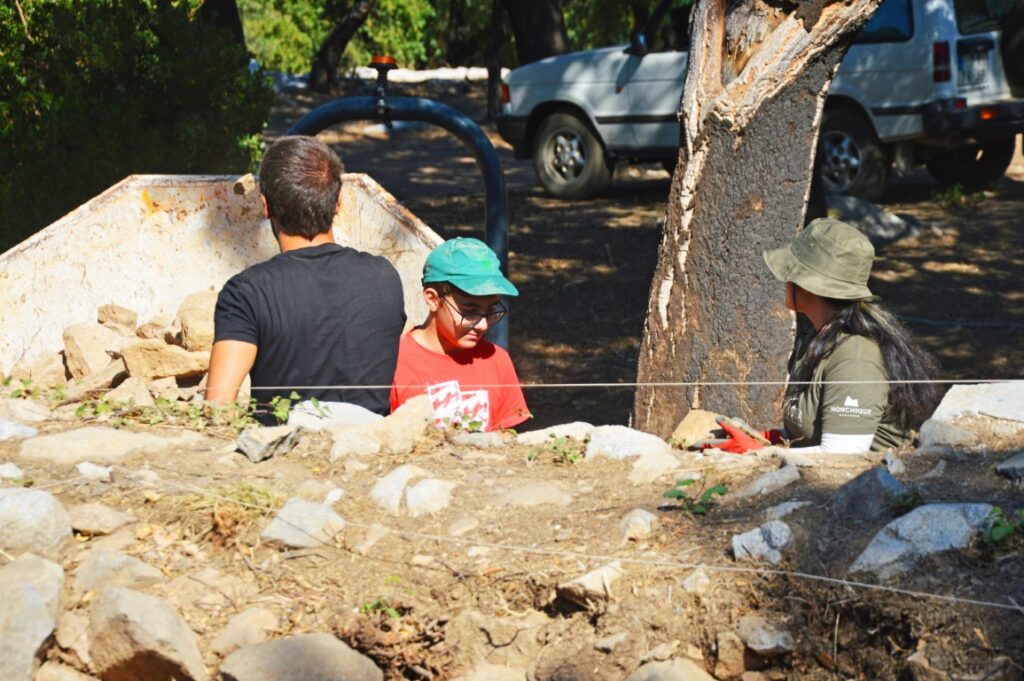
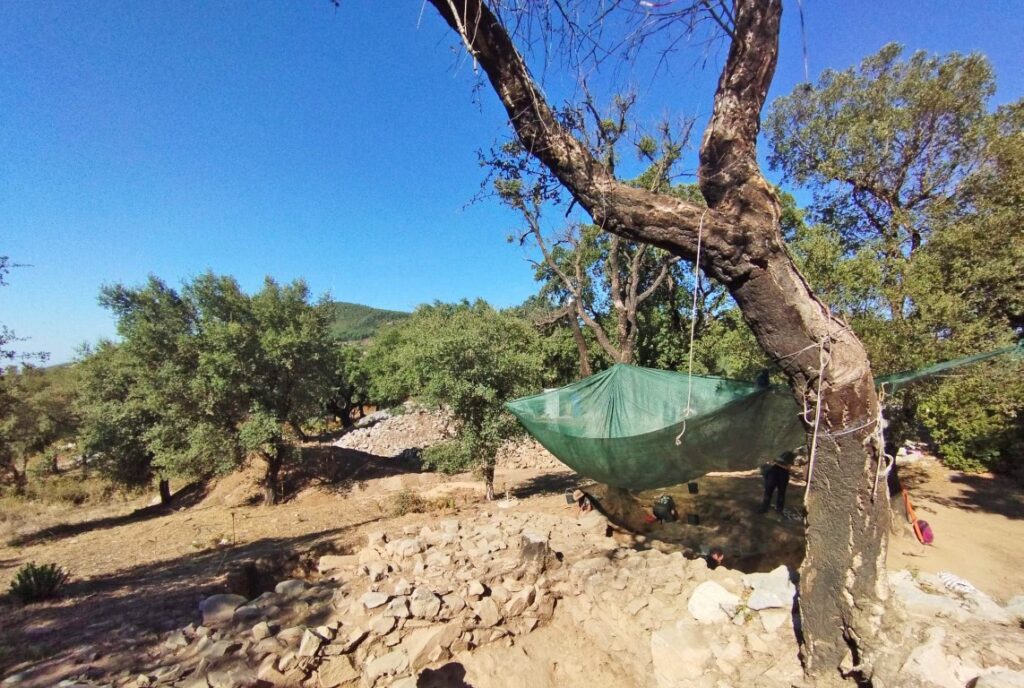
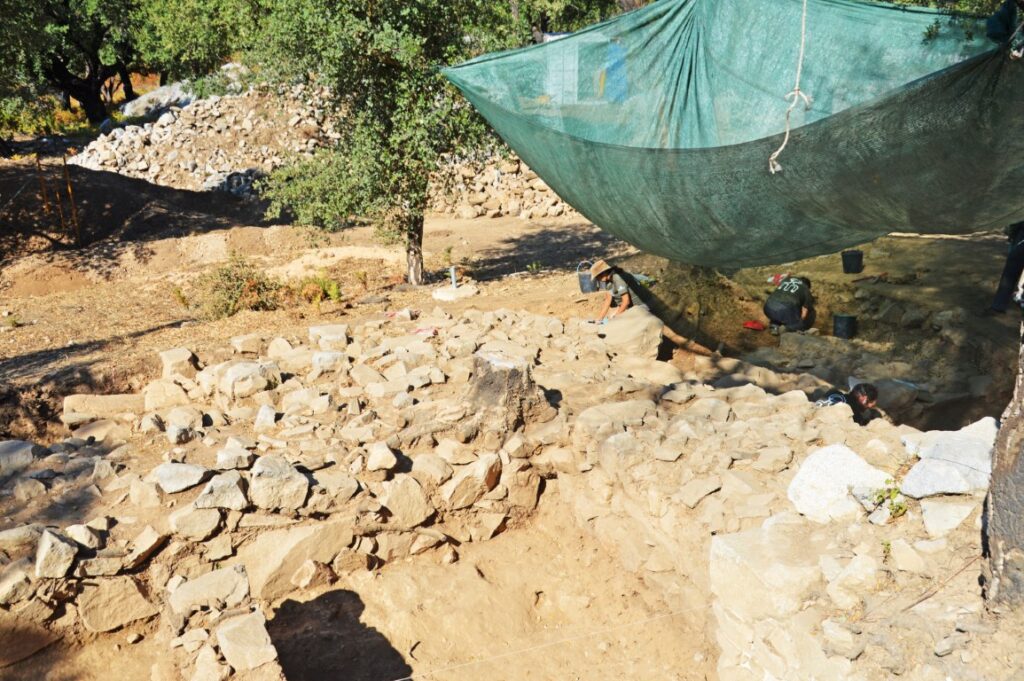
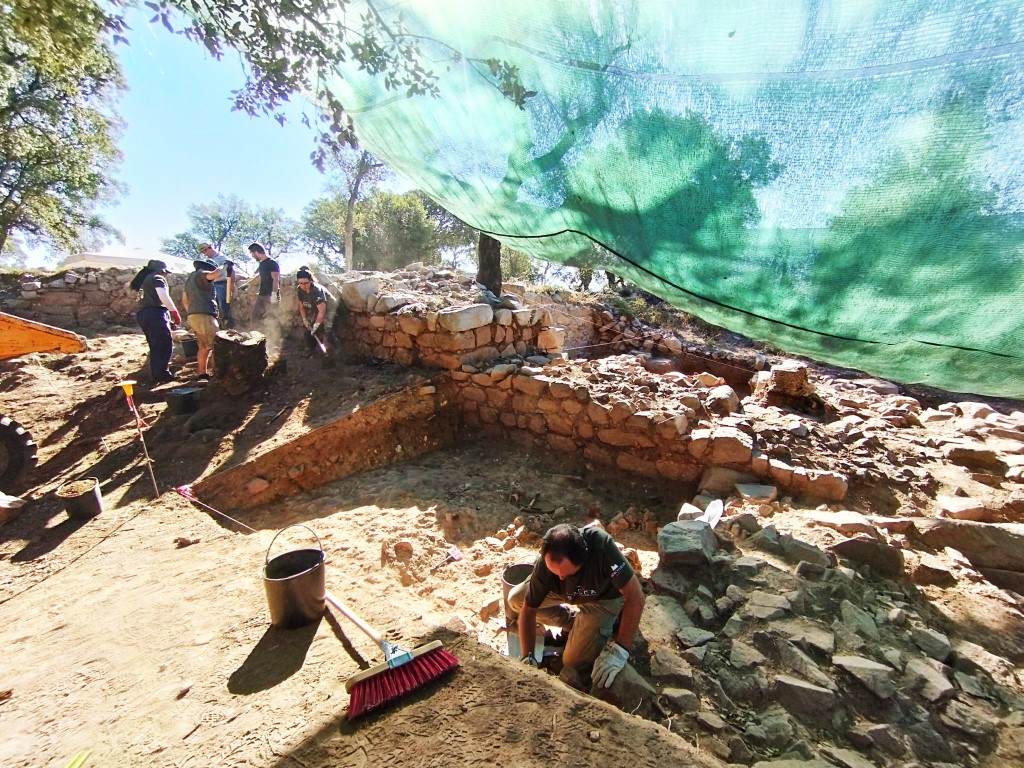
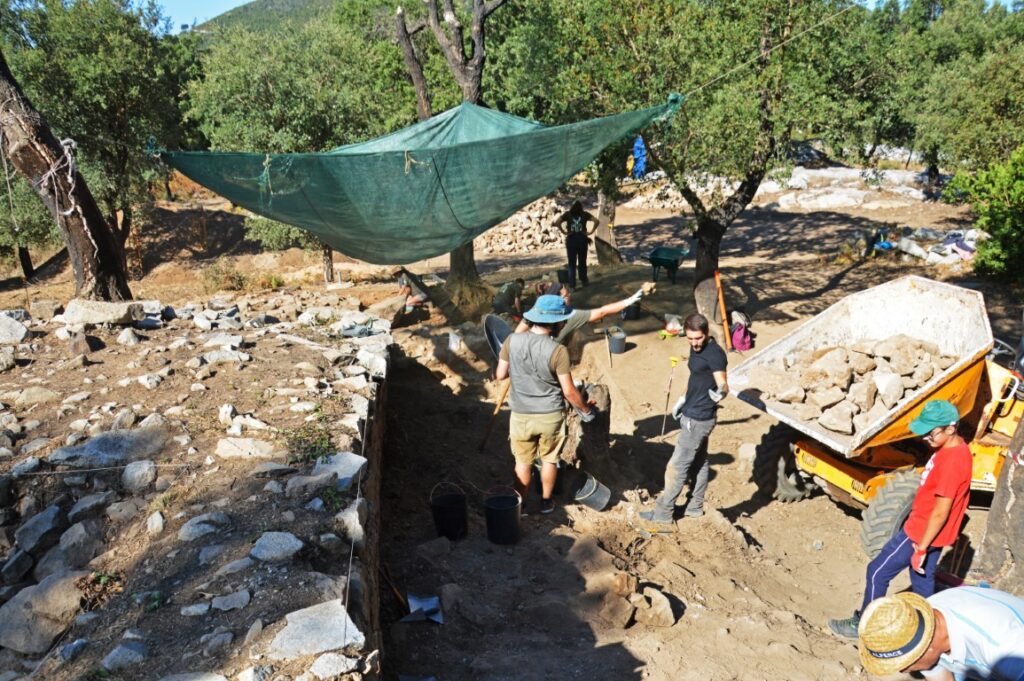
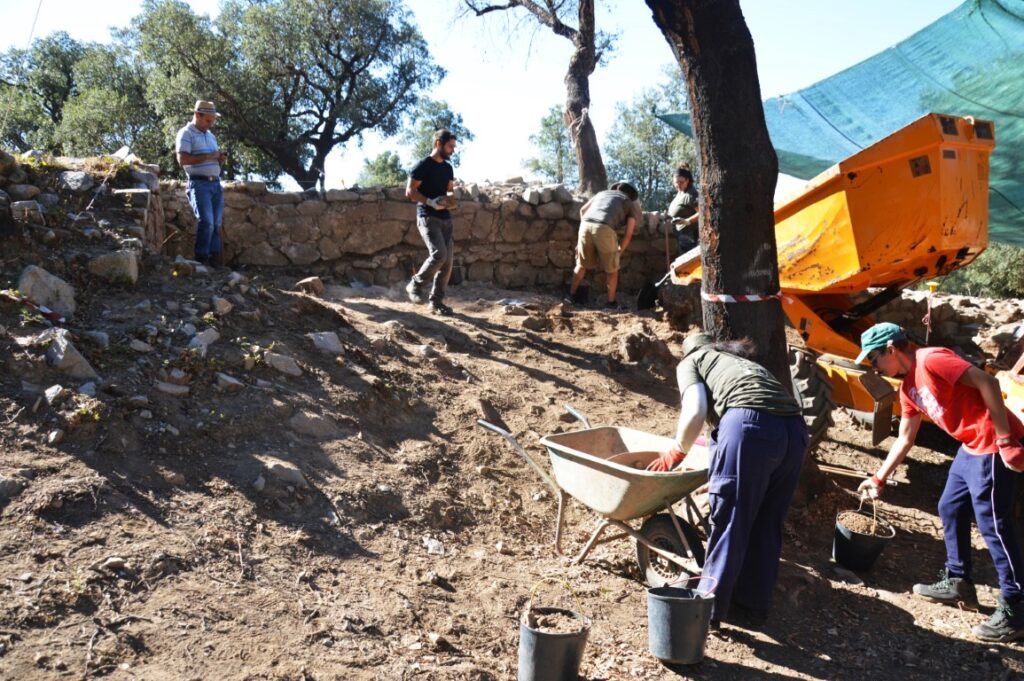
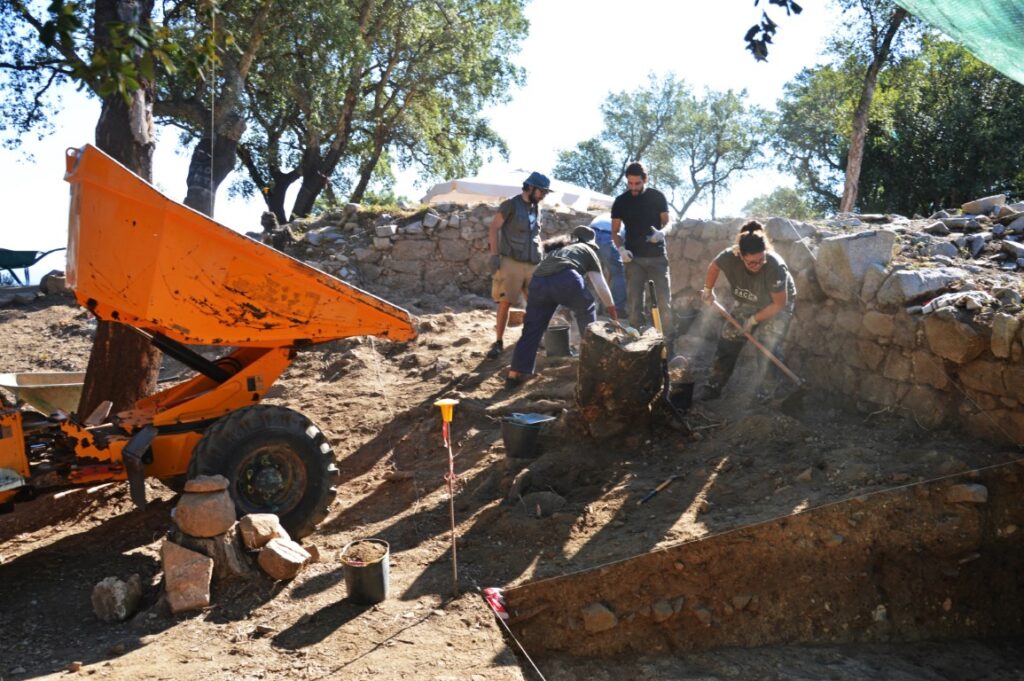
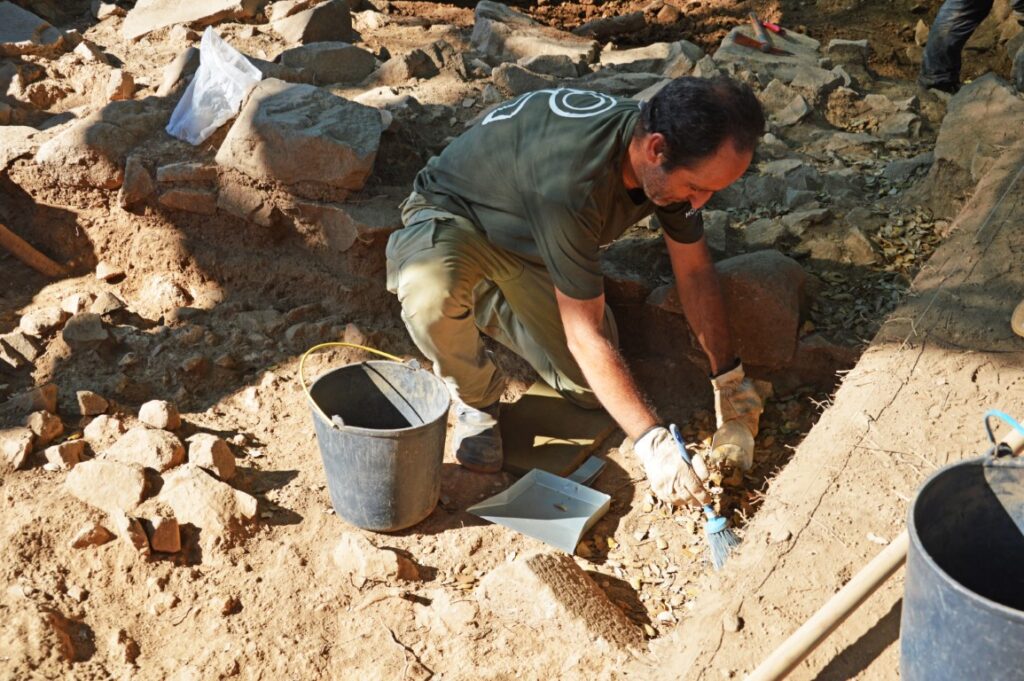
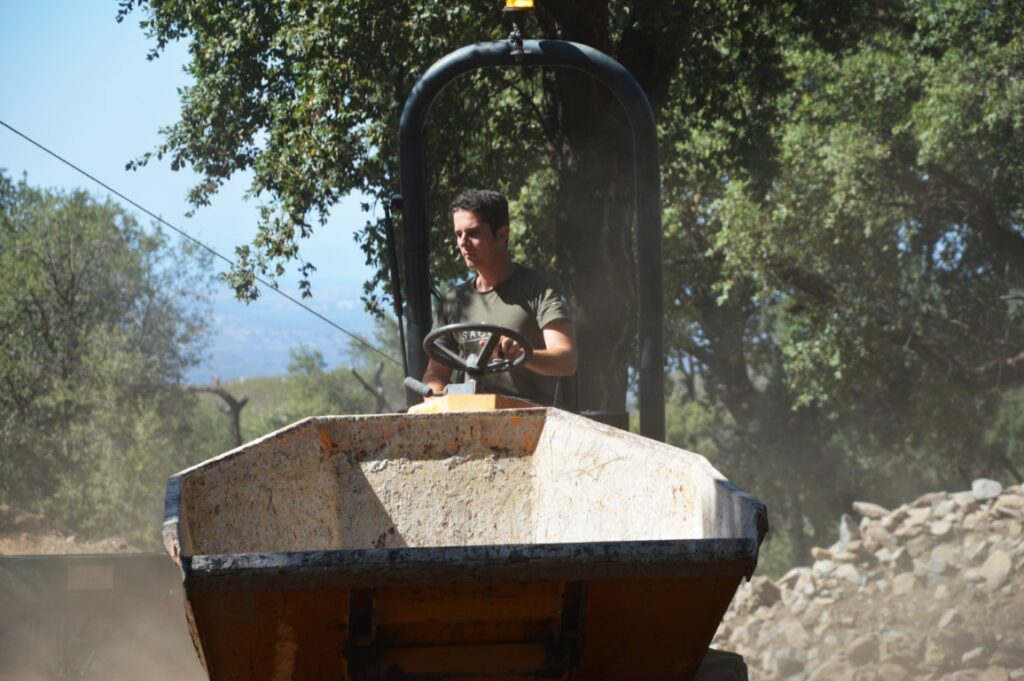
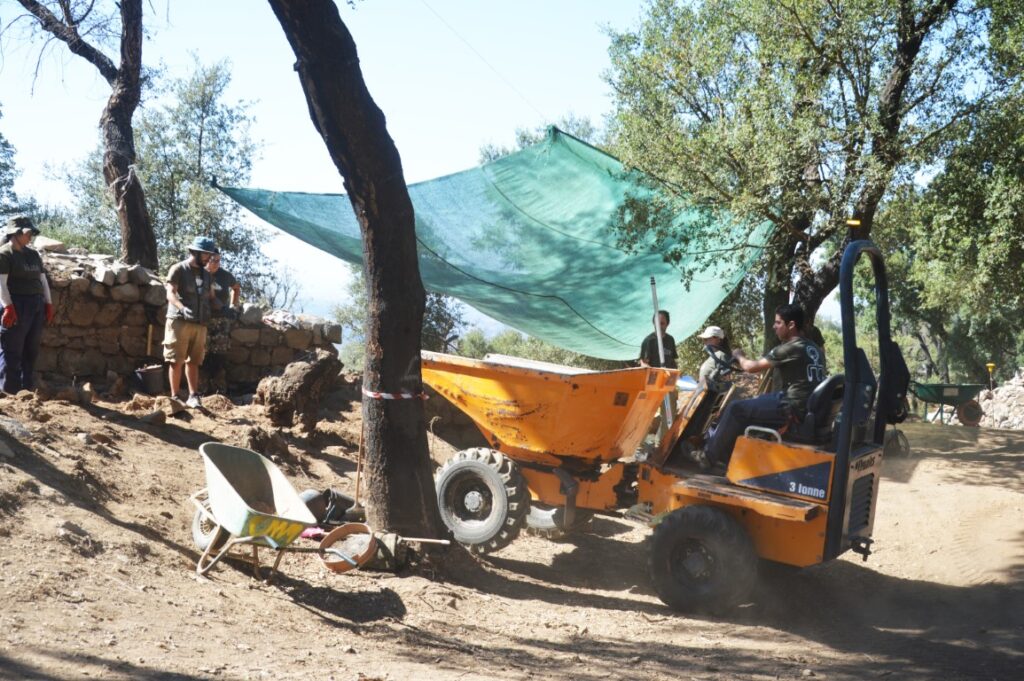
















Comments